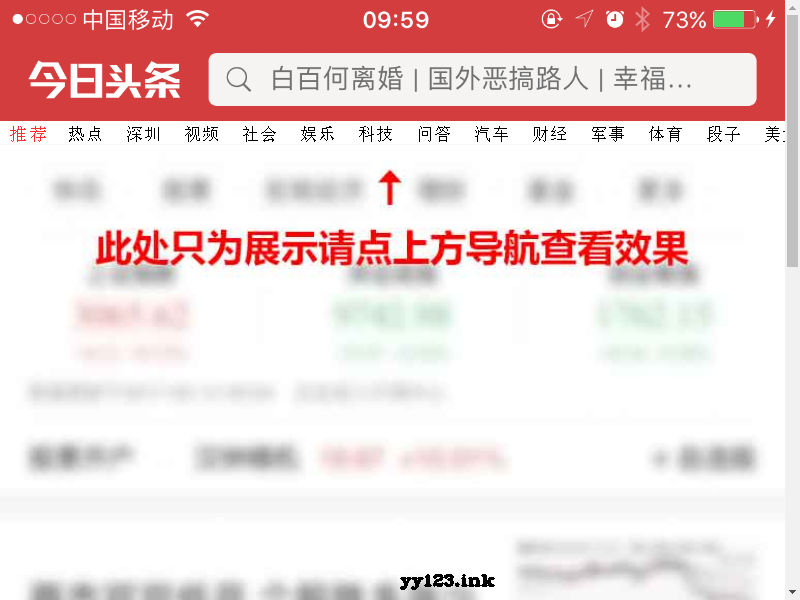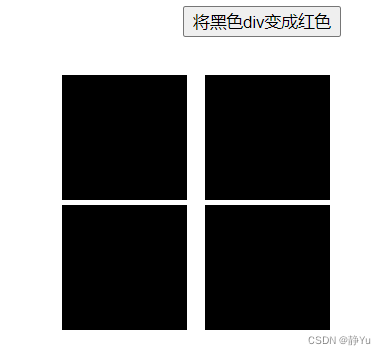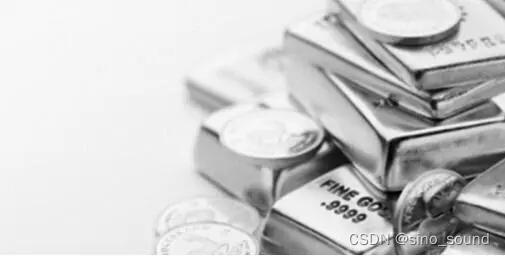I got to know you in the last note Sarsa, It can be used to train the action value function \(Q_\pi\); Learn this article Q-Learning, This is another kind of TD Algorithm , For learning Optimal action value function Q-star, This is used for training in previous value learning DQN The algorithm of .
8. Q-learning
Continue the doubts of the previous article , Compare the two algorithms .
8.1 Sarsa VS Q-Learning
These are both TD Algorithm , But the problems solved are different .
Sarsa
- Sarsa Training action value function \(Q_\pi(s,a)\);
- TD target:\(y_t = r_t + \gamma \cdot {Q_\pi(s_{t+1},a_{t+1})}\)
- The value network is \(Q_\pi\) Functional approximation of ,Actor-Critic Method in , use Sarsa Update the value network (Critic)
Q-Learning
Q-learning It is the value function of training the best action \(Q^*(s,a)\)
TD target :\(y_t = r_t + \gamma \cdot {\mathop{max}\limits_{a}Q^*(s_{t+1},a_{t+1})}\), Yes Q Maximize
Note that this is the difference .
use Q-learning Training DQN
The difference between personal summary is Sarsa Actions are sampled randomly , and Q-learning Is to take the expected maximum
Here's the derivation Q-Learning Algorithm .
8.2 Derive TD target
Be careful Q-learning and Sarsa Of TD target There's a difference .
Before Sarsa This equation is proved :\(Q_\pi({s_t},{a_t})=\mathbb{E}[{R_t} + \gamma \cdot Q_\pi({S_{t+1}},{A_{t+1}})]\)
Equation means ,\(Q_\pi\) It can be written. Reward as well as \(Q_\pi\) An estimate of the next moment ;
Both ends of the equation have Q, And for all \(\pi\) All set up .
So record the optimal strategy as \(\pi^*\), The above formula is also true , Yes :
\(Q_{\pi^*}({s_t},{a_t}) = \mathbb{E}[{R_t} + \gamma \cdot Q_{\pi^*}({S_{t+1}},{A_{t+1}})]\)
Usually put \(Q_{\pi^*}\) Write it down as \(Q^*\), Can represent the optimal action value function , So you get :
\(Q^*({s_t},{a_t})=\mathbb{E}[{R_t} + \gamma \cdot Q^*({S_{t+1}},{A_{t+1}})]\)
Handle the right side Expected \(Q^*\), Write it in maximized form :
because \(A_{t+1} = \mathop{argmax}\limits_{a} Q^*({S_{t+1}},{a})\) ,A It must be maximization \(Q^*\) The action of
explain :
Given state \(S_{t+1}\),Q* Will score all actions ,agent Will perform the action with the highest score .
therefore \(Q^*({S_{t+1}},{A_{t+1}}) = \mathop{max}\limits_{a} Q^*({S_{t+1}},{a})\),\(A_{t+1}\) Is the best action , Can be maximized \(Q^*\);
Bring in the expectation to get :\(Q^({s_t},{a_t})=\mathbb{E}[{R_t} + \gamma \cdot \mathop{max}\limits_{a} Q^*({S_{t+1}},{a})]\)
On the left is t Prediction of time , Equal to the expectation on the right , Expect to maximize ; It's hard to expect , Monte Carlo approximation . use \(r_t \ s_{t+1}\) Instead of \(R_t \ S_{t+1}\);
Do Monte Carlo approximation :\(\approx {r_t} + \gamma \cdot \mathop{max}\limits_{a} Q^*({s_{t+1}},{a})\) be called TD target \(y_t\).
here \(y_t\) There are some real observations , So it's better than the left Q-star A complete guess should be reliable , So try to make the left side Q-star near \(y_t\).
8.3 The algorithm process
a. Form
- observation One transition\(({s_t},{a_t},{r_t},{s_{t+1}})\)
- use \(s_{t+1} \ r_t\) Calculation TD target:\({r_t} + \gamma \cdot \mathop{max}\limits_{a} Q^*({s_{t+1}},{a})\)
- Q-star This is a table like the following figure :

Find the status \(s_{t+1}\) Corresponding That's ok , Find the biggest element , Namely \(Q^*\) About a The maximum of .
- Calculation TD error: \(\delta_t = Q^*({s_t},{a_t}) - y_t\)
- to update \(Q^*({s_t},{a_t}) \leftarrow Q^*({s_t},{a_t}) - \alpha \cdot \delta_t\), to update \((s_{t},a_t)\) Location , Give Way Q-star It's closer to \(y_t\)
b. DQN form
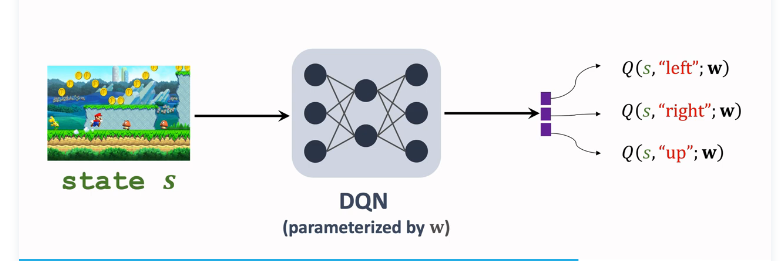
DQN \(Q^*({s},{a};w)\) The approximate $Q^*({s},{a}) $, The input is the current state s, Output is the scoring of all actions ;
Next, choose the action of maximizing value \({a_t}= \mathop{argmax}\limits_{{a}} Q^*({S_{t+1}},{a},w)\), Give Way agent perform \(a_t\); Use the collected transitions Learn training parameters w, Give Way DQN Of q More accurate ;
use Q-learning Training DQN The process of :
- Observe a transition \(({s_t},{a_t},{r_t},{s_{t+1}})\)
- TD target: \({r_t} + \gamma \cdot \mathop{max}\limits_{a} Q^*({s_{t+1}},{a};w)\)
- TD error: \(\delta_t = Q^*({s_t},{a_t};w) - y_t\)
- gradient descent , Update parameters : \(w \leftarrow w -\alpha \cdot \delta_t \cdot \frac{{s_t},{a_t};w}{\partial w}\)
x. Reference tutorial
- Video Course : Deep reinforcement learning ( whole )_ Bili, Bili _bilibili
- Video original address :https://www.youtube.com/user/wsszju
- Courseware address :https://github.com/wangshusen/DeepLearning
- Note reference :

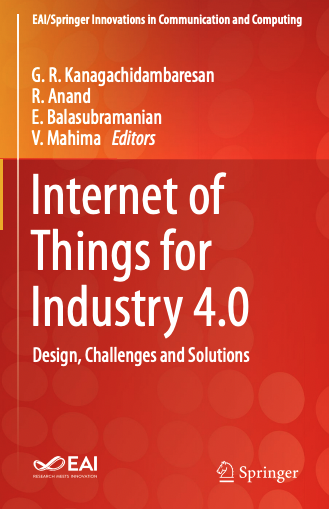

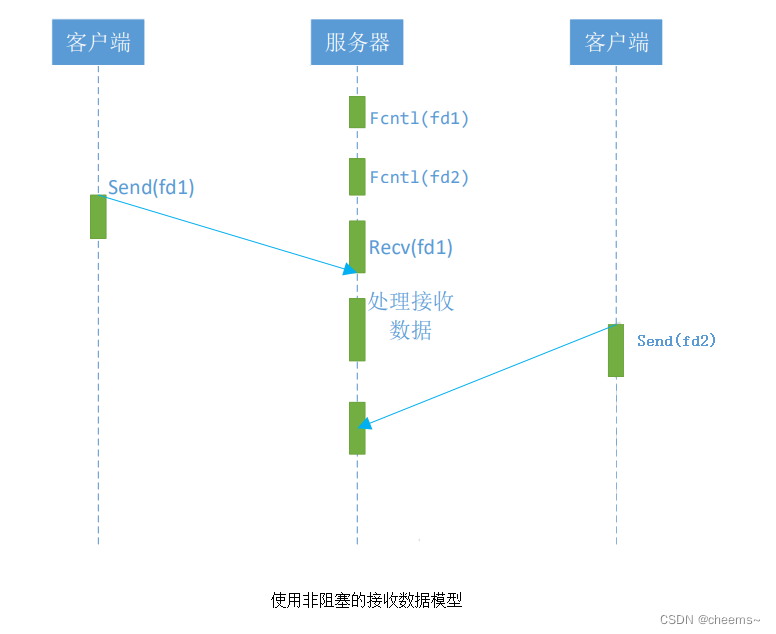
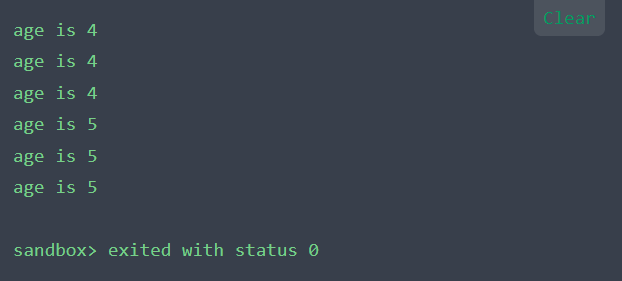
![[paper sharing] where's crypto?](/img/27/9b47bfcdff8307e63f2699d6a4e1b4.png)
